Choosing the Right Floor Covering
Good design is about achieving the perfect balance between beauty and practicality, and you’ll never be more aware of this fact than when you’re choosing flooring. Unsuitable materials coupled with heavy footfall can quickly turn a pristine floor into a mess, and there are also technical considerations (will that carpet work with my underfloor heating?) as well as issues of safety (are those tiles too slippery for my boisterous kids?). We’ve rounded up the pros and cons of some of the most popular options on the market.
Vinyl
The cheap vinyl floor tiles loved by landlords – just rip them up and replace them away with every new tenant – are still with us, but don’t dismiss vinyl for an upmarket home. Harvey Maria’s photographically printed flooring, for example, is great for injecting fun into a scheme, with the same hardwearing, easy to maintain qualities; yourfloors.co.uk also has some great vinyl products.
Good for… Bright, quirky design schemes, especially in kitchens and bathrooms
Bad for… Living areas (vinyl can feel a bit clinical, even when it’s printed with photographs of flowers); those looking for something that will last a lifetime
Works with underfloor heating? Maybe. Some products cannot tolerate higher floor temperatures, so check with your flooring supplier as well as your UFH manufacturer. It’s also essential to use a special high-temperature adhesive when it goes down
Price: from £4 per m2 for cheapie floor tiles, up to about £40 per m2 for high end
Carpet
Twenty years ago, carpet was considered the only option for everyday living spaces – but then the nation fell in love with stripped floorboards, and suddenly it wasn’t so popular. The rise of asthma and other allergies have also taken their toll: dust-mites love carpets, and Asthma UK’s advice to reduce symptoms is to have hard flooring.
All that said, carpet is far from forgotten, and for luxury, warmth and sheer snuggle factor, it’s unbeatable. A range of textures, styles and colours means that it can match virtually any interiors scheme, and pattern is very much on the up as people finally clock that a multi-hued carpet can be very forgiving in the face of wear and tear.
Synthetic carpets have less-than-great eco-credentials (they contain chemicals galore and take forever to break down in landfill), and even high-end products will usually be made from a wool/synthetic mix because it’s much more hardwearing than pure wool. The really environmentally conscious should go for a pure wool unbleached and/or naturally-dyed carpet with a plant-based backing such as jute.
Good for… Creating a warm and cosy feeling underfoot; living areas and bedrooms (and especially for any room where you might want to sit on the floor)
Bad for… Anywhere that’s going to get wet. Also, pale, unbroken colours and high-traffic areas tend not to mix
Works with underfloor heating? Yes and no – carpets and underlay are themselves good insulators, but if you make sure the combined tog value of your underlay plus carpet is less than 2.5, you can still get an effective result. Check with suppliers.
Price: from about £10 per m2 for synthetics; luxury carpet can be £50+ per m2
Solid timber
Wood looks great, is completely natural, feels wonderful underfoot and is incredibly hardwearing: it can create a variety of looks, from smart parquet to Scandinavian-style blonde wood. Moisture content is vital when laying wood as it expands and contracts, so ensure it is acclimatised and dry when laying to minimise movement – allow plenty of time for screeds and plaster to dry. Some products are installed ‘rough’ – unfinished – so you have to sand and seal them once installed – and some come ready sanded and sealed. You’ll also need to sand down and reseal the floor every few years.
Good for… Timeless natural style; those looking for something that keeps getting better with age
Bad for… Kitchens and bathrooms; stiletto heels (for soft timber varieties such as pine)
Works with underfloor heating? Yes, with some caveats: choose narrower boards, avoid certain species such as maple and beech that are more prone to movement; and leave the boards in the room to acclimatise before they are laid.
Price: from £20-150 per m2
Stone
Marble, granite, sandstone, basalt and natural slate can produce some of the most striking and luxurious looks of all. Stone really will last a lifetime, but it has a reputation for being hard to maintain: some materials, such as slate, can get damaged and stained easily and you may find yourself fretting over every spillage on the kitchen floor. Stone floors must be properly sealed when they go down, and resealed at regular intervals – estimates vary between 12 months and five years.
If kept well, stone floors look better and better with age, and antique reclaimed floors make the ultimate style statement – try Paris Ceramics (which also sells new stone flooring) or your local salvage dealer.
Good for… Those looking for a timeless, luxury finish
Bad for… Those on a small budget; the maintenance-averse
Works with underfloor heating? Yes, with careful installation to avoid initial cracking due to thermal expansion and contraction. Limestone (such as travertine) is considered particularly vulnerable
Price: from £35 per m2 (but prices can soar well above £500 per m2 for antique floors)
Main image: City Metropolition engineered flooring in European Northwood Ash, UK Flooring Drect
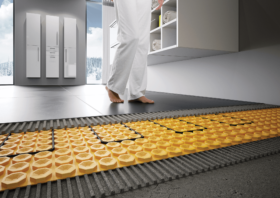
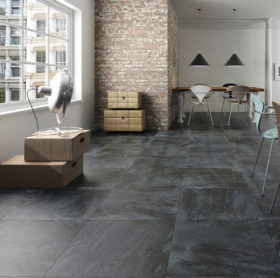

















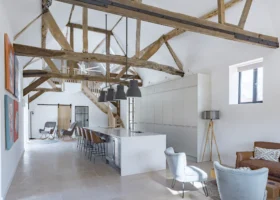















































































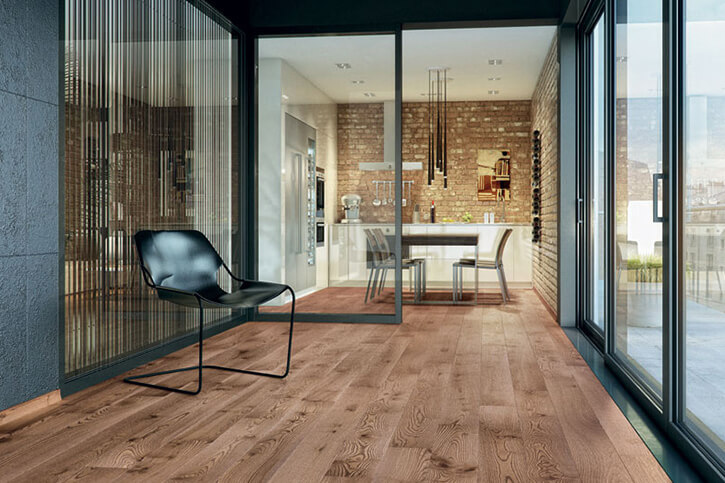
 Login/register to save Article for later
Login/register to save Article for later


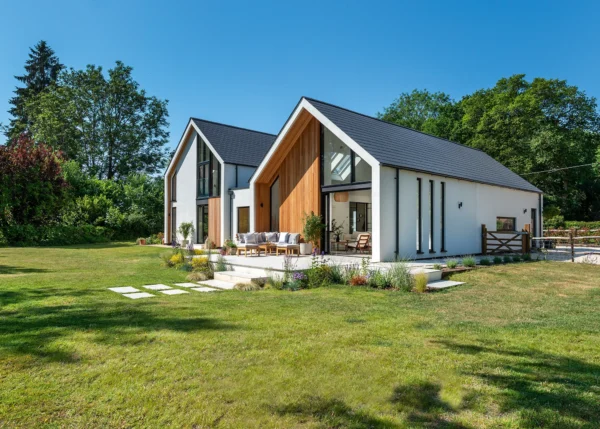
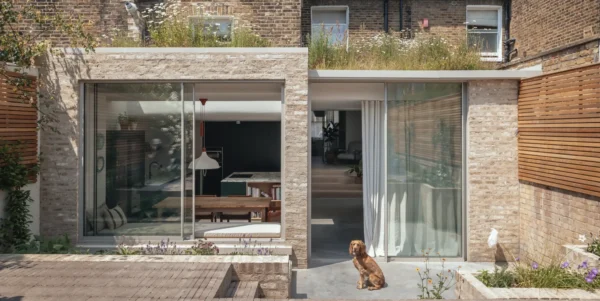
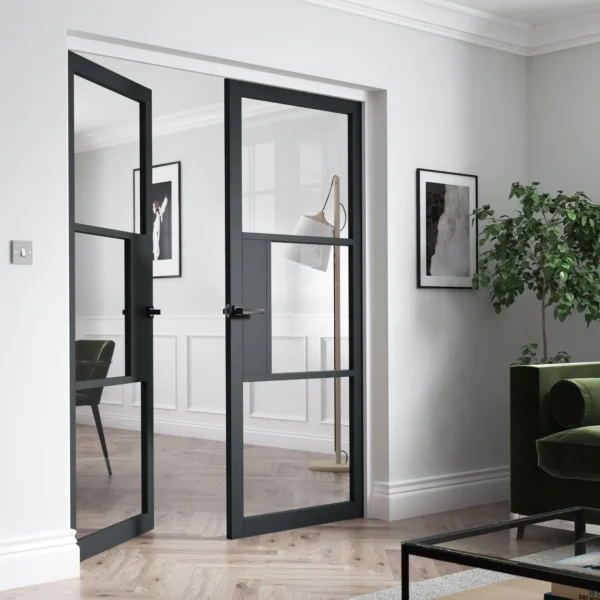

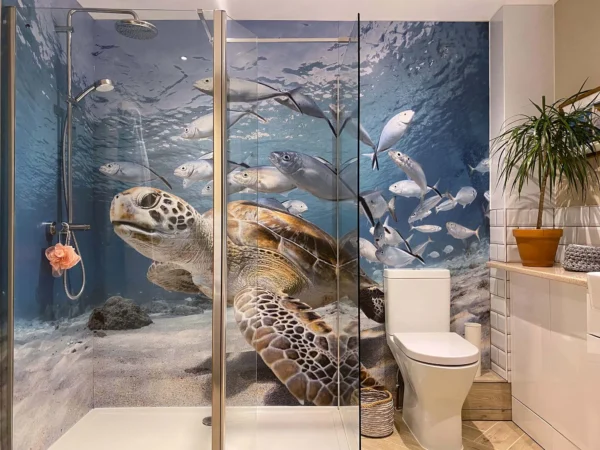
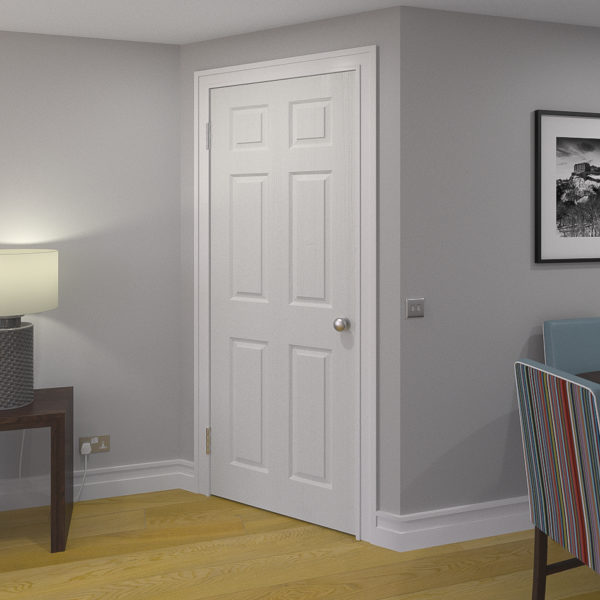




Comments are closed.